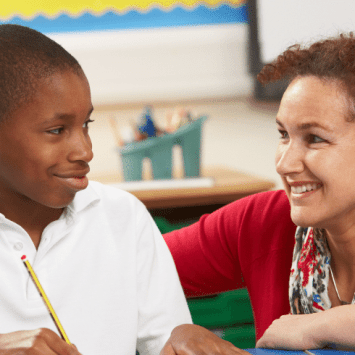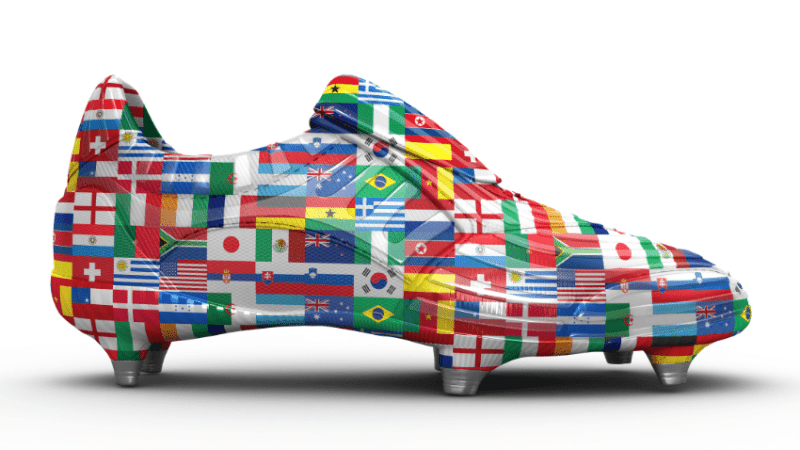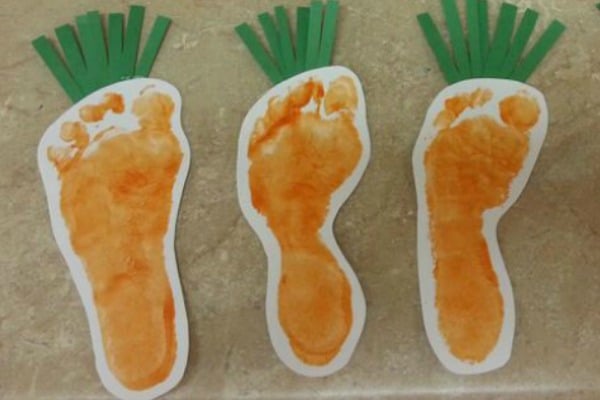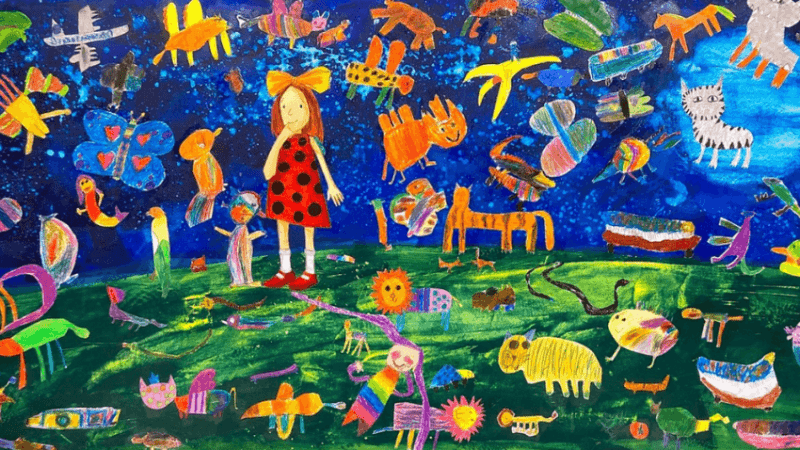Art ideas for primary school – Speedy ideas to slot in

Little and often is the key to improving kids’ art skills, so slot in these speedy ideas where you can…
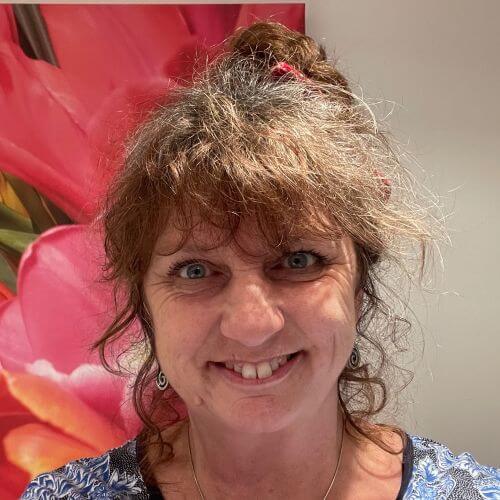
- by Maria Vinney
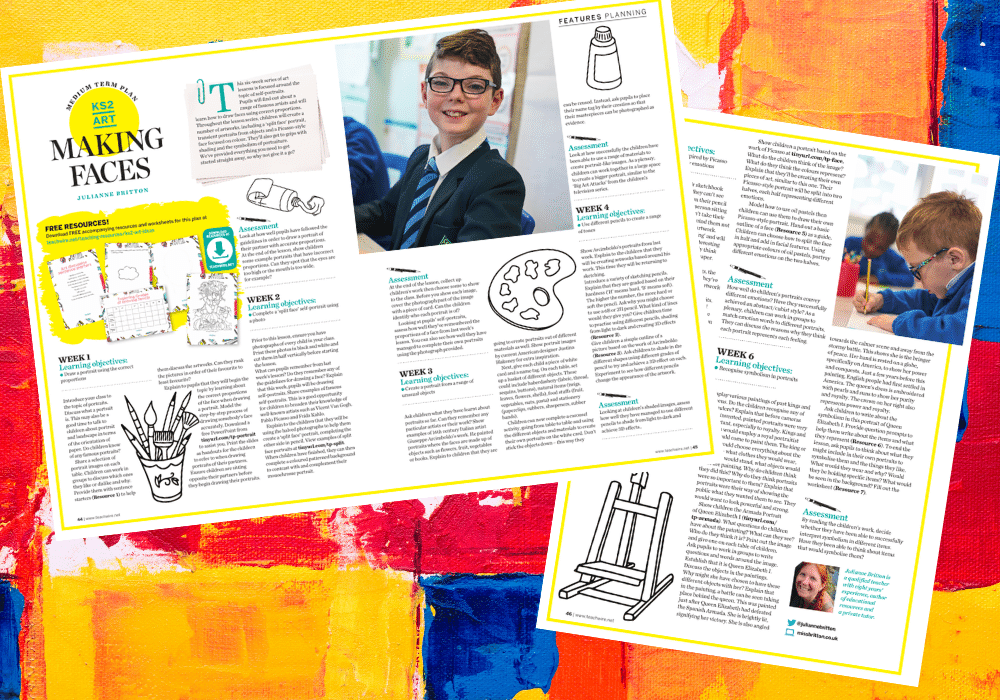
Everyone knows that art can be a really important way of supporting children’s emotional health and wellbeing – especially with the year we’ve all had.
But it isn’t always easy to fit everything into a busy primary timetable. However, there are lots of ways you can build more art into your curriculum that don’t need a lot of time or planning.
Children’s art skills improve the more they practise, so little and often really can make a real difference. Pupils need the chance to revisit and build on what they’ve learnt to really develop.
It’s a big ask, particularly when time is limited but, as well as looking at the curriculum map for your year group and thinking about where you might be able to make meaningful connections between art and some of the other subjects, the following ideas will help you make the most of those five or ten minutes before playtime or assembly, or at the beginning or end of the day.
Treasure box
No matter which year group I was teaching, I always had a ‘treasure box’ in my classroom. This is a box about the size of a shoebox, covered in interesting paper that invites children to want to look inside.
It contains all sorts of tiny but intriguing natural and man-made objects: a beautiful shell; a tiny carved elephant; an old key – you get the idea. Children choose an object and do a small line drawing on 10cm x 10cm paper, with a choice of either black fine liner or pencil.
Soon enough you’ll find children starting to add their own ‘treasure’ to the box and asking you, “Can I draw something from the treasure box please?”. Before you know it, you’ll have a beautiful exhibition of tiny drawings, some of which may, time permitting, be developed into paintings, collages or even a print.
Drawing ideas
Create a poster called ‘Got five minutes?’, featuring five drawing ideas such as: draw your friend, your shoe, an ear, your pencil case, the view. Change the poster every Monday and challenge the children to complete the five drawings by the end of the week.
I always remind my teacher trainees of the importance of having paper and drawing tools available for wet playtime too – there will always be children who just want to draw.
Just add colour
If you can, purchase five or six small watercolour palette tins for your classroom – they last for ages. Once you’ve shown children how to add water to their brush and stroke it over the colour they want, you’ll find they’ll use them time and time again.
Cut out a patch from a magazine and stick it to a bigger piece of paper, then challenge children to use their colour mixing skills to work outwards from the patch. Children from Y1 upwards love coming back to this when they’ve got a few spare minutes and it doesn’t involve getting lots of materials and equipment out.
If children can hold a pencil there’s no reason why they can’t master a small paintbrush. If you only give them big brushes to work with, those are the only kind of marks they’ll make.
Happy accidents
We want children to have agency over their art and the confidence to make their own creative choices about the materials they use. They can only do that if you create a climate in your classroom where they feel able to try things out and embrace what I call ‘happy accidents’.
In other words, go with the flow – so much brilliant learning happens when things don’t go according to plan.
Art is the only subject where children have all the answers. Sometimes, as adults, we find this concept more difficult than children do – we get an idea in our head about how we think something is going to look but quite often it doesn’t work out that way.
With your encouragement, children will be happy to go with it, resulting in some really exciting artwork that is as unique as they are. Plan in time for ‘trying things out’. Start by modelling and asking aloud some questions related to what you’re doing:
- What happens if I use oil pastels and then paint on top?
- What happens if I smudge charcoal?
- What different kinds of marks can I make if I scratch into the surface?
Let children experiment in sketchbooks. They’ll really enjoy the process and it usually generates much excitement and discussion.
It doesn’t have to take long but really helps to build pupils’ confidence and see some of the possibilities so that when they go on to create a piece, they can make informed decisions about which materials and techniques to use, based on their experiences.
Ask questions like, ‘What surprised you?’ or ‘What do you want to find out more about?’. Being able to articulate their thinking and express their ideas about art are important skills for children.
When you build this into your teaching regularly, you’ll soon notice a real difference in children’s confidence, particularly if you model the kind of language that might help them. Add a collection of words based around line, pattern, texture and colour on the wall and keep adding to it each time someone uses a new one.
More resources
If you’re stuck for art ideas or need to upskill, AccessArt is a fantastic charitable organisation that has amazing visual resources and exemplar planning and progression frameworks which will help you teach high quality art and design, whether you’re someone who feels really confident or could do with some help building your skills.
The resources include inspiring input from practising artists as well as teachers and you can also access regular CPD sessions.
The National Society for the Education of Art and Design also features great resources and courses and has recently developed KS1 and KS2 resources for Oak Academy .
Maria Vinney is a senior lecturer in primary and Early Years education, focusing on art and design, at the University of Winchester.



